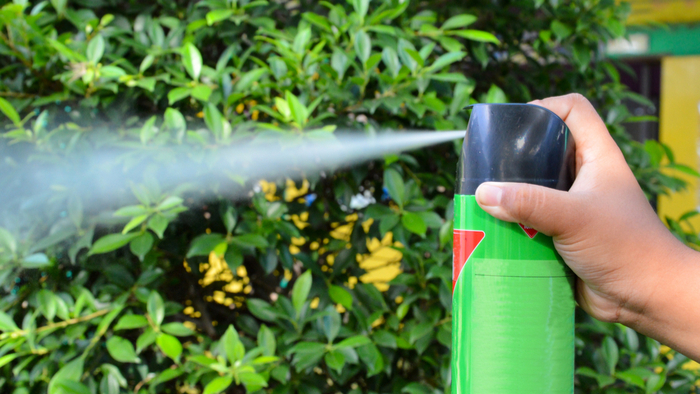Hundreds of scientific studies in the world’s top academic journals tell the story: Every day we are exposed to chemicals—silent invaders that come into our homes, schools, and workplaces through the products we purchase. They escape those products and contaminate our air, food, and water. And many of them contribute to serious health impacts that are on the rise.
Researchers have documented increases in certain cancers, autism, infertility, asthma, allergies, and learning and developmental disabilities. These increases don’t have a genetic or lifestyle basis—leaving environmental exposures as the most likely culprit. A recent study reviewed and published by one of the world’s most prestigious medical journals called health impacts from toxics “a silent pandemic:”
- Children are especially vulnerable because harmful chemicals can disrupt the many complex processes that occur as their bodies and brains develop.
- Almost 90 percent of women of childbearing age have chemicals in their bodies known to increase the risk that a child will be born with a physical or mental disability.
- Lower income populations, workers, and communities of color are more exposed to toxic chemicals and more impacted by the harmful effects.
- Sperm counts in men are down by 50 percent in the last 40 years ago.
- One in eight couples can expect to have problems getting pregnant or sustaining a pregnancy.
- Toxic pollution is one of top reasons for the decline in several species, especially marine species.
- Exposure to toxic chemicals costs the U.S. more than $130 billion a year in health care, social services, special education, and lost productivity.
Few Meaningful Protections
Manufacturers are allowed to put products into the market without warning us about their potential harm because their lobbying and campaign contributions have stopped proposed protection and rendered existing protections ineffective. Our government has safety tested just 200 chemicals out of the tens of thousands of chemicals in commerce. By contrast, many other developed economies have developed strong policies to reduce exposures to toxics, especially among children.
In the absence of meaningful protections, parents often have to research what they buy and bring into the home; young women are advised to carefully monitor what they’re exposed to so it doesn’t affect their children; restaurant-goers have to look up which fish are most contaminated; and consumers have to engage in painstaking research to find non-toxic alternatives to many toxic products and processes. Americans shouldn’t have to be armchair toxicologists to protect themselves and their families from risks manufacturers and government agencies should know about or have known about for years.
A Toxic-Free Future
Everyone has the right to a toxic-free future. But to get there, we need stronger laws—local, state, and federal. We need protective laws already on the books vigorously enforced. And we need consumers to vote with their pocketbooks so that the worst products are forced out of the market. Several organizations have joined forces to target classes of chemicals that pose serious threats to public health. They’ve already made meaningful progress by getting several dozen states and localities to pass laws protecting against toxics. They’ve already convinced dozens of companies and retailers to limit the sale of some of the worst toxic products and adopt strong policies that eliminate toxic chemicals. And they’re working to make sure the federal government, especially, enforces the laws that are already on the books.
Funders concerned about the challenge of toxics could consider three main priority areas:
- Funding groups and local organizers working to win new state policies that establish strong health-based and environmental protections on the priority chemical classes in consumer products.
- Pressuring major companies to stop selling products with these classes of chemicals.
- Supporting promising litigation that requires federal agencies to actively enforce the recently passed federal Chemical Safety for the 21st Century Act, which will require the federal government to restrict key chemicals.
If work on these various fronts could be brought to scale, it could drive some major “keystone” chemicals out of several major classes of products—work that would result in the systemic reform of toxics in the U.S. As a result of the extensive public, consumer, policymaker, and corporate education these “keystone” chemical phaseouts will require, the approach to toxics in the U.S. could finally begin to mirror the approach taken in most other developed economies where chemicals have to be proven safe before they’re allowed into commerce.
Funders in our network are supporting organizations advancing this toxics agenda and making a difference, including:
Environmental Health Strategy Center
WE ACT for Environmental Justice
Safer Chemicals, Healthy Families
____
Blog originally posted on Giving Compass, April 10, 2019.

Jeff Wise is HEFN’s Director of Strategic Programs.

